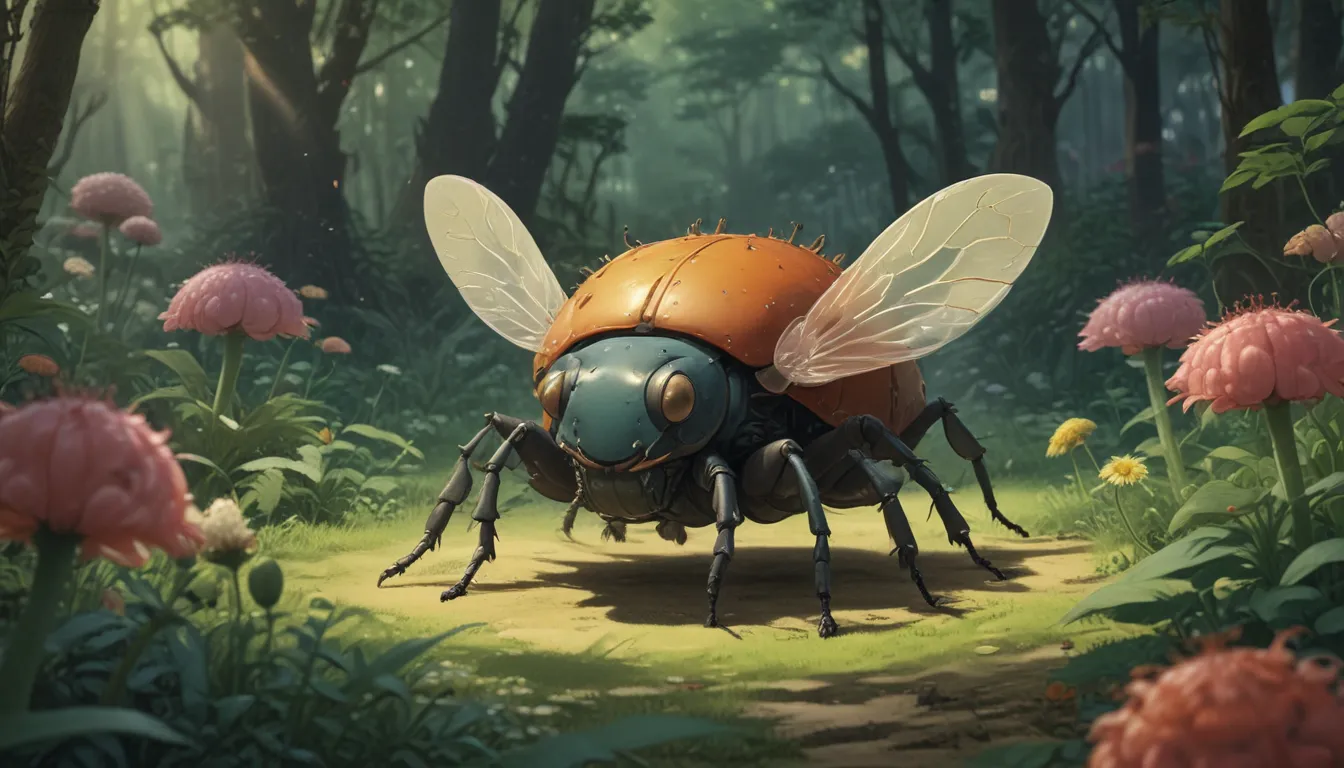Comprehensive Guide on How to Control and Eradicate Flea Beetles

If you are a gardener, you have probably experienced the frustration of dealing with tiny pests that wreak havoc on your plants. Flea beetles, part of the Chrysomelidae family, are common pests that target tasty plants such as potatoes, tomatoes, eggplant, peppers, broccoli, kale, cabbage, collards, and more. These pests are known for their ability to cause both above-ground and below-ground damage to their host plants.
The Pesky Flea Beetle
Flea beetles are small insects that measure approximately 1/16-1/4 inch in length, depending on the type. They are known for their ability to jump and fly, making them challenging to manage. These beetles come in various colors, including black, greenish-black, brown, metallic, white-striped, and yellow and orange striped.
Identifying these pests is crucial to protecting your plants from their destructive behavior. They may cause “shot-holing” in plant leaves, creating small pits and holes that are unsightly and detrimental to the plant’s health. Additionally, flea beetle larvae feed on the roots and tubers of host plants, causing further damage.
Types of Flea Beetles
- Cruciferous (Cole Crops) Feeders:
- Crucifer Flea Beetle (Phyllotreta cruciferae): Black with black legs.
- Striped Flea Beetle (Phyllotreta striolata): Shiny black with a greenish tint and an orange stripe on both wings.
-
Western Black Flea Beetle (Phyllotreta pusilla): Shiny black to dark olive green.
-
Solanaceous (Nightshade) Feeders:
- Potato Flea Beetle (Epitrixcucumeris): Black with brown legs.
- Eggplant Flea Beetle (Epitrex fuscula): Black with black legs and ridged back.
Understanding the Life Cycle
Flea beetles overwinter in the soil, leaf debris, or grassy borders of gardens or fields. As temperatures warm in spring, adults emerge from their winter slumber to feed on host plants and lay eggs. The eggs hatch into larvae that feed on plant roots, pupate, and emerge as adult beetles. In warmer regions, multiple generations of flea beetles can occur each year, posing a continuous threat to plants.
Common Signs of Damage
It is essential to scout for signs of flea beetle damage regularly. Adult beetles create shot-holes in plant leaves, while larvae feed on roots and tubers. Scouting for chewed holes, furrowing grooves, or messy lace patterns on leaves can help you identify and control infestations before they cause significant harm to your plants.
Organic Control Methods
There are several organic control methods that can help you manage and eradicate flea beetles from your garden:
Cultural
- Planting Schedules: Planting earlier or later than active adult flea beetles can help protect your crops. Keeping a gardening journal can help you track planting dates and pest activity.
- Sanitation: Keeping your garden clean and free of debris can reduce pest pressure.
- Till the Soil: Tilling disrupts overwintering beetles and larvae, reducing populations.
- Trap Crops: Planting trap crops can lure pests away from main crops, diverting their attention.
- Mulches: Living and non-living mulches can deter flea beetles and disrupt their egg-laying.
- Companion Plants: Interplanting companion plants can confuse and deter flea beetles from host plants.
- Diatomaceous Earth: Using DE as a pesticide can help control flea beetles, but requires frequent re-application.
Physical
- Floating Row Covers: Row covers can physically block adult beetles from accessing plants.
- Sticky Traps: Traps can help identify and monitor flea beetle populations in the garden.
Biological
- Parasites and Predators: Beneficial nematodes and predatory insects can help control flea beetle populations.
- Nematodes: Entomopathogenic nematodes can effectively kill flea beetle larvae in the soil.
- Fungal Pathogen: Beauvaria bassiana is a fungal pathogen that attacks flea beetle larvae.
Chemical Pesticide Control Options (Last Resort)
If all else fails, chemical pesticides can be used as a last resort to control flea beetles. However, it is essential to use them sparingly and responsibly to protect human health and the environment.
Conclusion
By implementing a combination of cultural, physical, and biological control methods, you can effectively manage and eradicate flea beetles from your garden. Regular scouting, early detection, and timely intervention are key to protecting your plants from these destructive pests. Remember to choose organic and environmentally friendly solutions whenever possible to maintain a healthy and sustainable garden ecosystem.
If you have any tips or experiences with dealing with flea beetles in your garden, please share them in the comments below. Together, we can help each other overcome the challenges of pest management and enjoy thriving gardens filled with beautiful, healthy plants.





